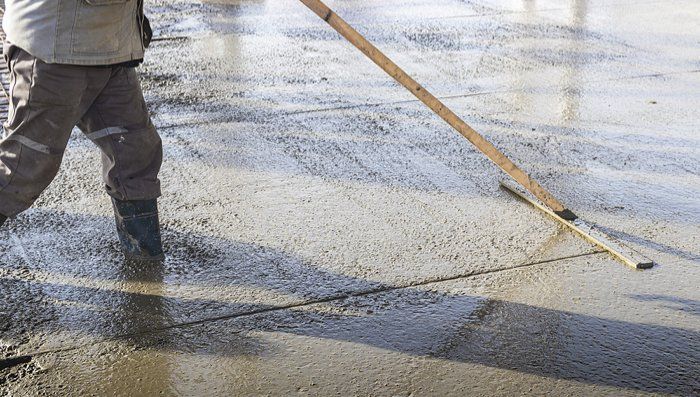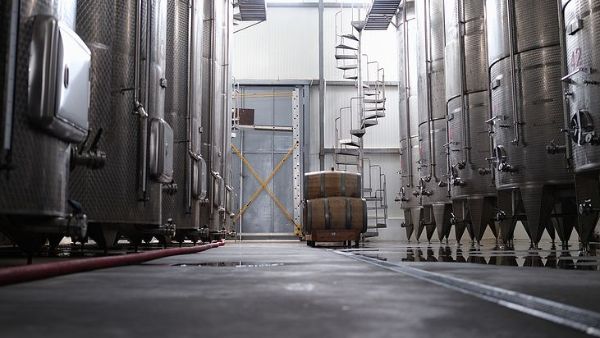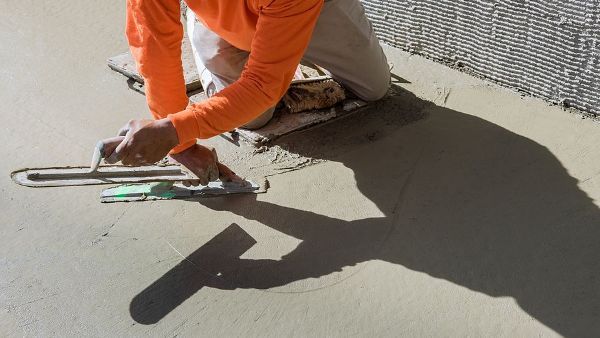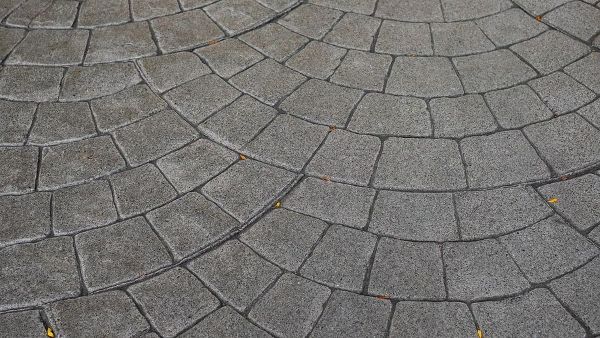How To Pour Concrete Over Concrete
Is Concrete Over Concrete Okay?
There is a lot of confusion about pouring concrete over existing concrete. Some people believe that you can’t do it, while others think it can be done with some care. Clear up any confusion and answer some common questions about pouring concrete over existing concrete and who to contact for a concrete contractor in Santa Rosa. Learn more about pouring concrete on concrete correctly.
Basic Approach
A concrete structure that can alter its color and appearance in pleasing ways and is relatively durable is often used in the construction industry. In contrast, concrete subjected to intense physical duress or damage might result in structural issues and affect the overall aesthetic quality of a construction project.
Over and On Top
Pouring new concrete over existing concrete is technically possible as long as you do a good job. If you are running new concrete onto old concrete as a base, ensure that the old concrete is solid enough that you can provide a foundation for the new pour. Prepare yourself for possible challenges before getting started.
Concrete overlays need to have enough strength to withstand the weight of people and vehicles that run over them. Several things affect the minimum required thickness of the concrete slab, including your application method and the aggregate composition. Adding concrete to your existing slab can add up to a hundred millimeters more on top of the minimum thickness.
Composition
Concrete is composed of sand and other aggregates bound together with concrete. Since cement does not have any natural bonding agents, the newly poured concrete will not naturally bond to the existing slab. You may need to use a bonding agent to attach the layers or use an overlay with no bonding agents.
Lifetime and Durability
Concrete installed correctly can hold up for at least 50 years. But, the structural problems of the present concrete will show themselves in how long the new concrete can hold up. Making sure the initial concrete isn't in shape will drastically improve the durability of your new overlay.
Necessary Precautions
To ensure that the slab you're pouring the concrete on is still structurally sound and stable, you need to take the appropriate precautions. Check the quality of your old concrete to ensure that it will be strong enough to support the new concrete you're pouring onto it.
Roots beneath the soil are more significant than usual due to frost heaves. Many breaks or give in due to frost heaves—signs of entering a less-advanced stage of decay.
A sound foundation is a solid concrete without cracks, bulging, or fractures. If repairs to certain areas are required, keep in mind that narrow gaps can be injected with a masonry crack sealant, and hairline cracks can be filled using a concrete patching compound.
Lastly, be willing to upgrade your pour height by a fair amount if there's still room at the proposed location. The slab should be away from any doors that open at its height and anywhere that a high risk of tripping is located due to the move to a different spot.
Repair and Replace
As long as the severe structural issues remain in place, it might be best to repair or replace the existing concrete rather than cover it. In the long run, the new concrete slab simply requires that you repair or replace it.
Pouring concrete over existing concrete is not always ideal because it prevents additional treatment.
Overlay Options
Examples of bonded versus unbonded overlays include using an adhesive bonding agent between the old concrete layer and the new one to join them together. Such overlays use 25 to 50 millimeters of solid concrete as a base, allowing your old concrete to benefit from its strength and stability.
Reinforcement Options
Rebar is used to reinforce the concrete pour, and rebar is a type of ridged metal rod placed before pouring and tied or welded to a supporting grid. Wire mesh is a pre-formed grid of smaller gauges that offers greater flexibility than rebar. You should place wire before starting the pour.
Pouring concrete over existing concrete is viable in some cases. However, it is crucial to consider the condition of the existing concrete and the weight of the new concrete. Pouring concrete over existing concrete can be cost-effective to repair or update a surface. Still, it is essential to take all necessary precautions to ensure the project is successful.





